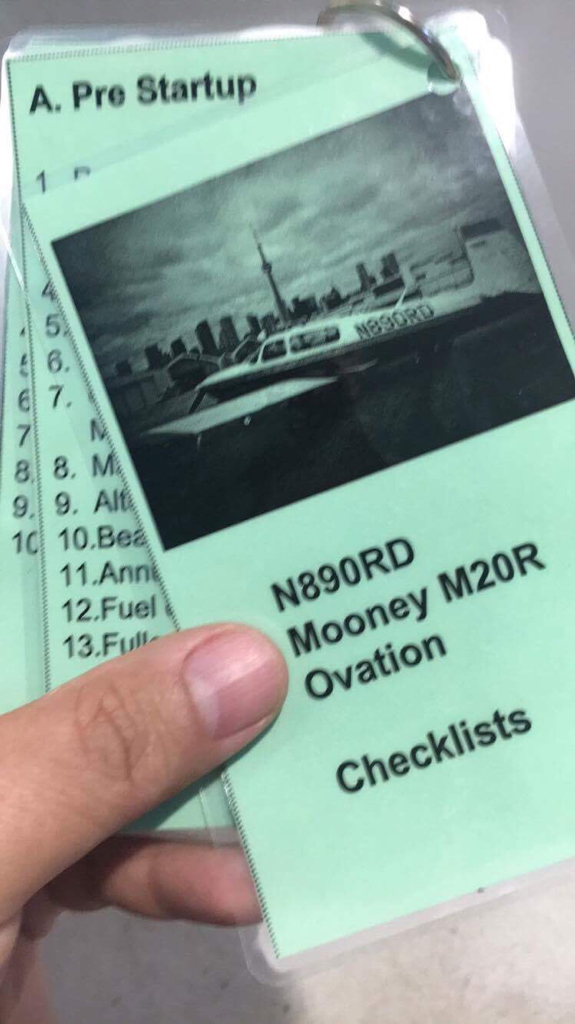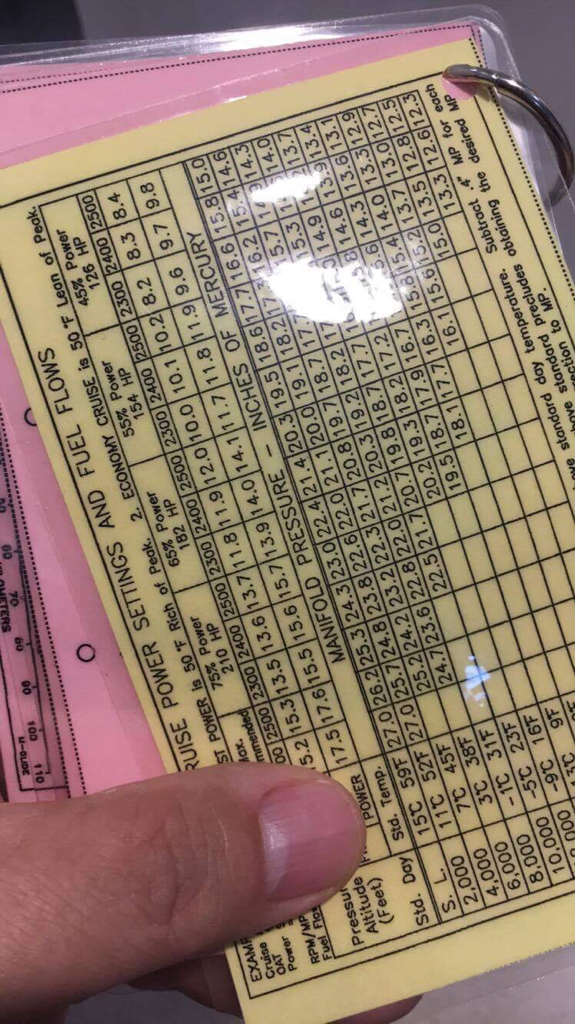@jbrinker make sure you read Captain Levy's Checkride Advice, copied below. Ron Levy, who wrote this gem, doesn't hand out here any more - sadly. There is a lot of truth in these words....
Captain Levy’s Checkride Advice
1. Relax and enjoy it. Nationwide, about 90% of applicants pass on the first try, so look around and see if you think you’re as good as 9 out of 10 other students. Also, your instructor must maintain a pass rate of at least 80% to get his ticket renewed, so he’s not going to send you up unless he’s pretty darn sure you’ll pass – otherwise, he has to find four other people to pass to make up for you, and that’s not always easy.
2. Go over with your instructor the logbooks of the aircraft you're going to use the day BEFORE the checkride to make sure it's all in order (annual, transponder checks, ELT ops and battery, 100-hour if rented, etc.). If the airplane's paper busts, so do you. Run a sample W&B, too – get the examiner’s weight when you make the appointment. If you weigh 200, and so does the examiner, don’t show up with a C-152 with full tanks and a 350 lb available cabin load – examiners can’t waive max gross weight limits.
3. Relax.
4. Rest up and get a good night's sleep the night before. Don't stay up "cramming."
5. Relax.
6. Read carefully the ENTIRE PTS including all the introductory material. Use the checklist in the front to make sure you take all the stuff you need -- papers and equipment. And the examiner’s fee UP FRONT (too much chance a disgruntled applicant will refuse to pay afterward) in the form demanded by the examiner is a “required document” from a practical, if not FAA, standpoint.
7. Relax.
8. You’re going to make a big mistake somewhere. The examiner knows this will happen, and it doesn’t have to end the ride. What’s important is not whether you make a mistake, but how you deal with it – whether you recover and move on without letting it destroy your flying. Figure out where you are now, how to get to where you want to be, and then do what it takes to get there. That will save your checkride today and your butt later on.
9. Relax.
10. You're going to make some minor mistakes. Correct them yourself in a timely manner "so the outcome of the maneuver is never seriously in doubt" and you'll be OK. If you start to go high on your first steep turn and start a correction as you approach 100 feet high but top out at 110 high while making a smooth correction back to the requested altitude, don't sweat -- nail the next one and you'll pass with "flying colors" (a naval term, actually). If you see the maneuver will exceed parameters and not be smoothly recoverable, tell the examiner and knock it off before you go outside those parameters, and then re-initiate. That shows great sense, if not great skill, and judgement is the most critical item on the checkride.
11. Relax.
12. During the oral, you don’t have to answer from memory anything you’d have time to look up in reality. You never need to memorize and know everything. Categorize material as:
a. Things you must memorize (i.e. emergency procedures, radio calls, airspace, etc).
b. Things you must know or have reasonable understanding of (i.e. interpreting weather codes, non-critical regs).
c. Things you must know
about but can look up and will have time to look up on the ground.
(Thanks to Mark Bourdeaux for this categorization.) So if the examiner asks you about currency, it’s OK to open the FAR book to 61.56 and 61.57 and explain them to him. But make sure you know where the answer is without reading the whole FAR/AIM cover-to-cover. On the other hand, for stuff you’d have to know RIGHT NOW (e.g., best glide speed for engine failure, etc.), you’d best not stumble or stutter – know that stuff cold. Also, remember that the examiner will use the areas your knowledge test report says you missed as focus points in the oral, so study them extra thoroughly.
13. Relax.
14. Avoid this conversation:
Examiner - Q: Do you have a pencil?
Applicant - A: I have a #2, a mechanical, a red one...
Examiner - Q: Do you have a pencil?
Applicant - A: I also have an assortment of pens, and some highlighters...
Examiner - Q: Do you have a pencil?
Applicant - A: Yes.
Examiner - Thank you.
One of the hardest things to do when you’re nervous and pumped up is to shut up and answer the question. I've watched people talk themselves into a corner by incorrectly answering a question that was never asked, or by adding an incorrect appendix to the correct answer to the question that was. If the examiner wants more, he'll tell you.
15. Relax
16. (Courtesy of PoA’s Anymouse) If the examiner is talking, never, ever interrupt him. There are two reasons for this:
a) You just might learn something from him, and
b) He just might do the oral for you.
17. Relax.
18. Some questions are meant simply to test your knowledge, not your skill, even if they sound otherwise. If the examiner asks how far below the cloud deck you are, he is checking to see if you know the answer is “at least 500 feet,” not how good your depth perception is. He can’t tell any better than you can, and the only way to be sure is to climb up and see when you hit the bases, which for sure he won’t let you do.
19. Relax
20. It’s a test of your flying skill, not your knowledge of PTS minutiae. Make sure you know which maneuver the examiner wants done, and confirm the details if necessary – before you start the maneuver. Does s/he want stalls taken all the way to the break or just to the buffet or “first sign of impending stall”? Is that “spot landing” s/he asked for the “power-off 180-degree accuracy approach and landing” no more than 400 feet beyond the spot or the “short-field approach and landing” which allows use of power but no more than 200 feet beyond the spot (PP standards)?
21. Relax
22. Remember the first rule of Italian driving: "What's behind me is not important." Don't worry about how you did the last maneuver or question. If you didn't do it well enough, the examiner must notify you and terminate the checkride. If you are on the next one, forget the last one because it was good enough to pass. Focus on doing that next maneuver or answering the next question the best you can, because while it can still determine whether you pass or fail, the last one can’t anymore. If you get back to the office and he hasn't said you failed, smile to your friends as you walk in because you just passed.
23. Relax and enjoy your new license.
Ron Levy, ATP, CFI, Veteran of 11 license/rating checkrides, including 4 with FAA inspectors



